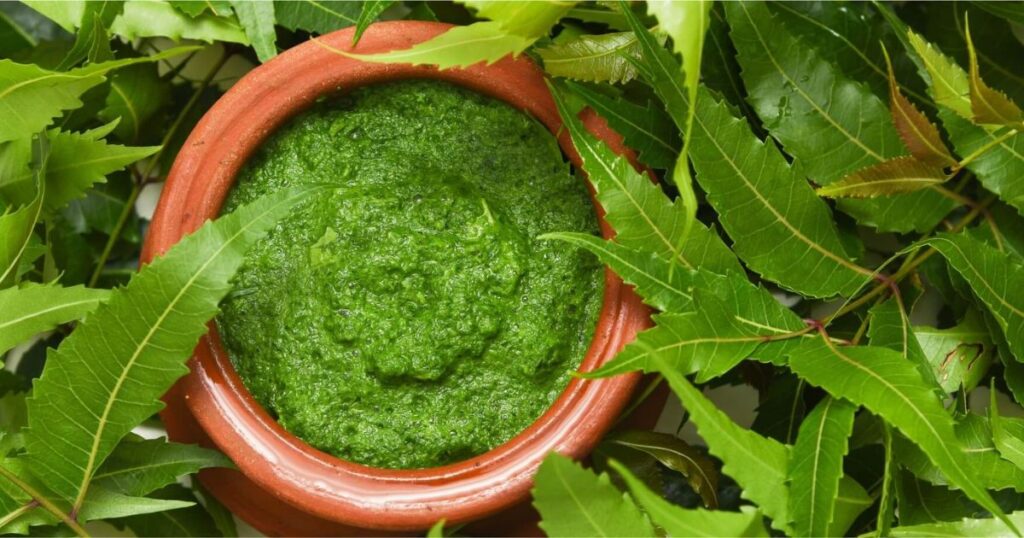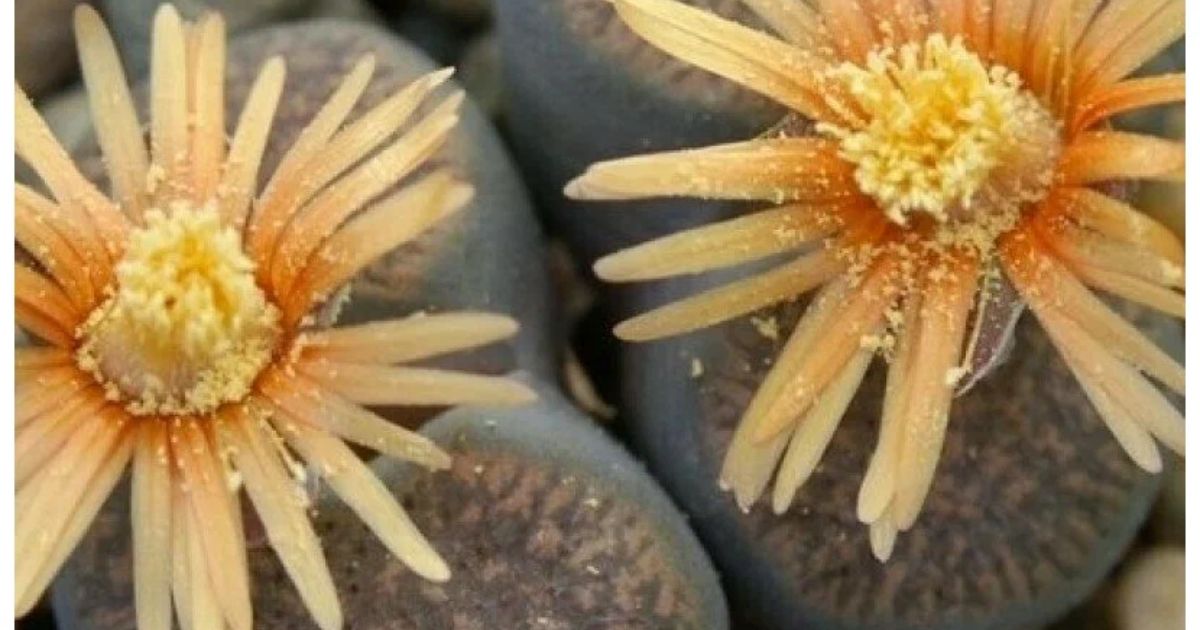Neem oil on succulents refers to the application of neem oil, a natural extract derived from the seeds of the neem tree (Azadirachta indica), on succulent plants. Succulents are a diverse group of water-retaining plants known for their thick, fleshy leaves and ability to thrive in arid conditions.
For succulent enthusiasts and gardeners alike, the question “Can You Use Neem Oil On Succulents?” may arise as they seek effective and safe solutions for pest control and plant care. The answer lies in understanding the characteristics of neem oil and its compatibility with succulents.
Neem oil on succulents can be a valuable tool for combating common pests such as spider mites and aphids, as well as addressing fungal issues. The oil works by disrupting the life cycle of pests and interfering with their feeding habits. Additionally, neem oil possesses antifungal properties that may help protect succulents from diseases.
How Does Neem Oil Work?
Neem oil, derived from the seeds of the neem tree, works as a potent biopesticide for succulents. It contains azadirachtin, a compound that disrupts the feeding and reproductive cycles of pests like aphids and spider mites. Neem oil also acts as an antifungal agent, inhibiting the growth of fungi on succulent plants. When applied, neem oil forms a protective barrier, deterring pests and preventing fungal infections.
Its multifaceted action makes it a valuable tool for maintaining the health of succulents.Neem oil functions by suffocating pests, inhibiting their ability to feed, and interfering with their development. As a natural and non-toxic solution, it poses minimal risk to succulents while effectively managing common issues. The mechanism of neem oil aligns with sustainable and eco-friendly gardening practices, making it a preferred choice for succulent enthusiasts.
How Can Neem Oil Benefit Succulents?

The benefits of using neem oil on succulents are manifold. Firstly, neem oil serves as a reliable pest control measure, targeting unwanted invaders like aphids, mealybugs, and scale insects that can compromise the health of succulents. Secondly, its antifungal properties provide a protective shield against fungal infections, preventing diseases that often arise in humid conditions. While exploring the advantages of neem oil, it’s important to address the common query: Can succulents live in water? Succulents thrive in well-draining soil, and constant water exposure can lead to root rot. So, maintaining a balanced watering routine is essential for the overall health of your succulents.
Neem oil not only combats existing issues but also acts preventatively, enhancing the overall resilience of succulents in diverse environmental conditions.
Furthermore, neem oil is gentle on succulents, causing minimal harm to the plants themselves. Its organic nature ensures that the application of neem oil aligns with the principles of sustainable gardening. Incorporating neem oil into succulent care routines can contribute to a thriving and pest-resistant garden, promoting the longevity and vibrancy of these unique plants.
Can You Use Neem Oil on Succulents?
The answer is yes, you can use neem oil on succulents. However, it’s essential to follow proper guidelines to ensure effective and safe application. Dilute the neem oil according to recommended ratios, as succulents can be sensitive to concentrated solutions. Apply the diluted neem oil using a spray bottle, covering both the upper and lower surfaces of the succulent leaves.
Regular but controlled use is key, as excessive application may lead to undesired effects. With careful attention to dosage and frequency, neem oil becomes a valuable ally in the care of succulents.Using neem oil on succulents is a proactive approach to pest management and disease prevention. By incorporating it into your succulent care routine, you create an environment that fosters the well-being and longevity of these captivating plants.
How to Apply Neem Oil to Succulents
Applying neem oil to succulents requires a straightforward process. Begin by diluting the neem oil with water following the recommended proportions. Transfer the solution to a spray bottle for easy and even application. Ensure the succulents are thoroughly coated, paying attention to the undersides of leaves where pests often hide.
Apply the neem oil solution in the early morning or late afternoon to prevent leaf burn in direct sunlight. Repeat the application every 7-14 days or as needed, depending on the severity of pest or fungal issues. Consistent and mindful application ensures the optimal benefits of neem oil for succulents.
Use Neem Oil as an Antifungal Spray
One of the versatile applications of neem oil on succulents is as an antifungal spray. Neem oil’s natural fungicidal properties make it effective in preventing and managing fungal infections. Mix the neem oil with water and a mild dish soap to create a solution that adheres well to succulent leaves.
This antifungal spray acts as a protective barrier, shielding succulents from damp conditions that can promote fungal growth. Regular use of neem oil as an antifungal spray contributes to the overall health and vitality of succulents by preventing common fungal issues.
Benefits of Using Neem Oil on Succulents
The benefits of using neem oil on succulents extend beyond pest and fungal control. Neem oil is a sustainable and eco-friendly option that aligns with natural gardening practices. Its gentle formulation minimizes the risk of harm to succulents while effectively addressing common issues.
By incorporating neem oil into succulent care routines, enthusiasts can create a resilient and thriving garden. The versatility of neem oil as both a pest deterrent and antifungal agent makes it a valuable asset in promoting the long-term health of succulents.
Table: Key Data Summary
| Aspect | Details |
| Active Ingredient | Azadirachtin from neem tree seeds |
| Pest Control | Targets aphids, spider mites, mealybugs, and scale insects |
| Antifungal Properties | Acts as a preventive barrier against fungal infections |
| Application Frequency | Every 7-14 days or as needed |
| Sensitivity | Dilute to avoid harm, especially in direct sunlight |
Tips for Using Neem Oil on Succulents
When using neem oil on succulents, consider these tips for optimal results. First, conduct a patch test on a small section of the succulent to check for any adverse reactions. Dilute the neem oil appropriately to avoid causing stress to the plants. Applying neem oil in the early morning or late afternoon prevents potential leaf burn.
For a comprehensive approach, use neem oil not only as a response to issues but also as a regular part of succulent care. By incorporating these tips, you maximize the benefits of neem oil while safeguard
FAQ’s
What is climate change?
Climate change refers to long-term changes in temperature, precipitation, and other atmospheric conditions on Earth, primarily caused by human activities such as burning fossil fuels and deforestation.
How does climate change impact ecosystems?
Climate change poses significant threats to ecosystems by altering habitats, affecting species distribution, and disrupting the delicate balance of ecosystems, leading to biodiversity loss.
Why is reducing carbon emissions important?
Reducing carbon emissions is crucial to mitigate climate change effects, as high levels of carbon dioxide contribute to the greenhouse effect, resulting in global warming and its associated environmental consequences.
What are renewable energy sources?
Renewable energy sources, such as solar, wind, and hydropower, are sustainable alternatives to fossil fuels, offering cleaner and environmentally friendly options to meet our energy needs.
How can individuals contribute to climate action?
Individuals can contribute to climate action by adopting sustainable practices, reducing energy consumption, supporting eco-friendly products, and advocating for policies that promote environmental conservation.
Conclusion
In closing, it’s clear that understanding climate change is vital for our planet’s well-being. We’ve seen that human activities, like burning fossil fuels, contribute to shifts in weather patterns and impact ecosystems. By embracing renewable energy sources and making small, sustainable choices in our daily lives, we can collectively work towards a healthier and more resilient environment.
Each person’s actions matter, and together, we can make a positive difference in addressing the challenges posed by climate change. Let’s commit to a greener future, where conservation and responsible choices become the norm, safeguarding the Earth for generations to come.










